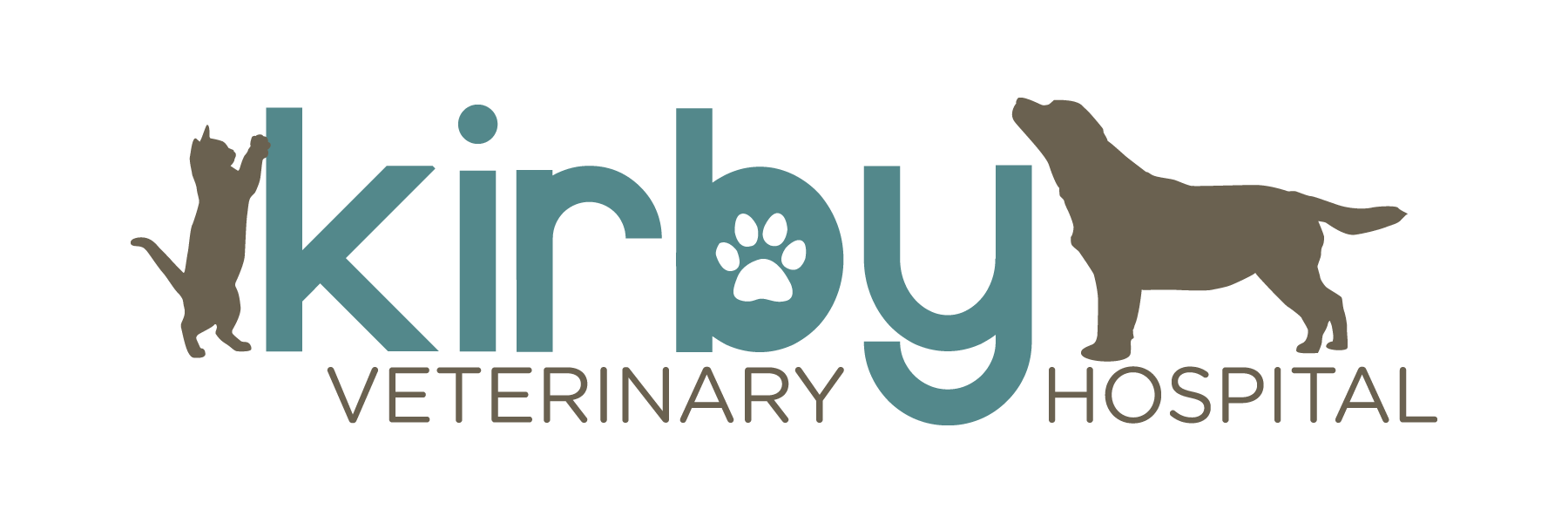Library
-
There are many environmentally friendly ways that owners can care for their pets. Waste disposal can involve biodegradable or compostable bags or careful composting. Cat litter can be transitioned to recycled newspaper or sawdust pellets. Any toys, beds, houses and other accessories can be biodegradable and/or recycled such as cotton or rubber. Cats should be kept indoors to reduce their impact on the ecology of their surrounding environment. A nutritionally adequate diet composed of organic food can be provided.
-
Alternative diets cover a range of options that target specific feline nutritional needs. While some alternative diet options include certain ingredients like novel protein sources, others exclude certain ingredients like grains. Determining which diet is best for your cat should include a discussion with your veterinarian, as there is no documented data that alternative diets are any healthier for the average cat compared to conventional diets.
-
Alternative diets cover a range of options that target specific canine nutritional needs. While some alternative diet options include certain ingredients like novel protein sources, others exclude certain ingredients like grains. Determining which diet is best for your dog should include a discussion with your veterinarian, as there is no documented data that alternative diets are any better for the average dog compared to conventional diets.
-
A cat that does not want to eat, or is not eating, is a cat with a potentially life-threatening medical condition. Many conditions can lead to the inability of your cat to eat or lose her appetite completely. It is important to find the underlying cause so that an appropriate treatment plan can be created. Appetite stimulants may be prescribed, and in some cases, a feeding tube may be placed by your veterinarian. Decreased food intake or any change in eating habits warrants investigation by your veterinarian.
-
A dog that does not want to eat, or is not eating, is a dog with a potentially life-threatening medical condition. Many conditions can lead to the inability of your dog to eat or lose his appetite completely. It is important to find the underlying cause so that an appropriate treatment plan can be created. Appetite stimulants may be prescribed, and in some cases, a feeding tube may be placed by your veterinarian. Decreased food intake or any change in eating habits warrants investigation by your veterinarian.
-
Pet owners can greatly improve the quality of life for their cats with osteoarthritis through nutrition. Key steps to managing inflammation and joint pain include managing daily Calorie intake and increasing fat metabolism through controlled physical rehabilitation.
-
Pet owners can greatly improve the quality of life for their dogs with osteoarthritis through nutrition. Key steps to managing inflammation and joint pain include managing daily calorie intake and increasing fat metabolism through controlled physical rehabilitation.
-
Breed-specific diets are a category of commercial pet feeds available for dogs and cats that are formulated to accommodate various breed predispositions. This article provides a concept overview of these diets, including what they are and what benefits they may serve. Specific examples are reviewed in brief to illustrate case scenarios for common canine and feline breeds.
-
Treats are a great way to bond with your cat but are an additional source of calories that must be considered within the overall diet. Treats should be no more than10% of your cat's daily calorie intake and, in greater quantities, can create a nutritional imbalance. Consider choosing lower calorie treats for your cat to avoid exceeding the 10% rule.
-
Periodontal disease is the most common problem affecting cats of all age groups. The importance of daily, at-home dental care cannot be overemphasized. Cats may benefit from either a food, treat, water additive, gel or powder that has been approved by the VOHC to reduce plaque buildup.

